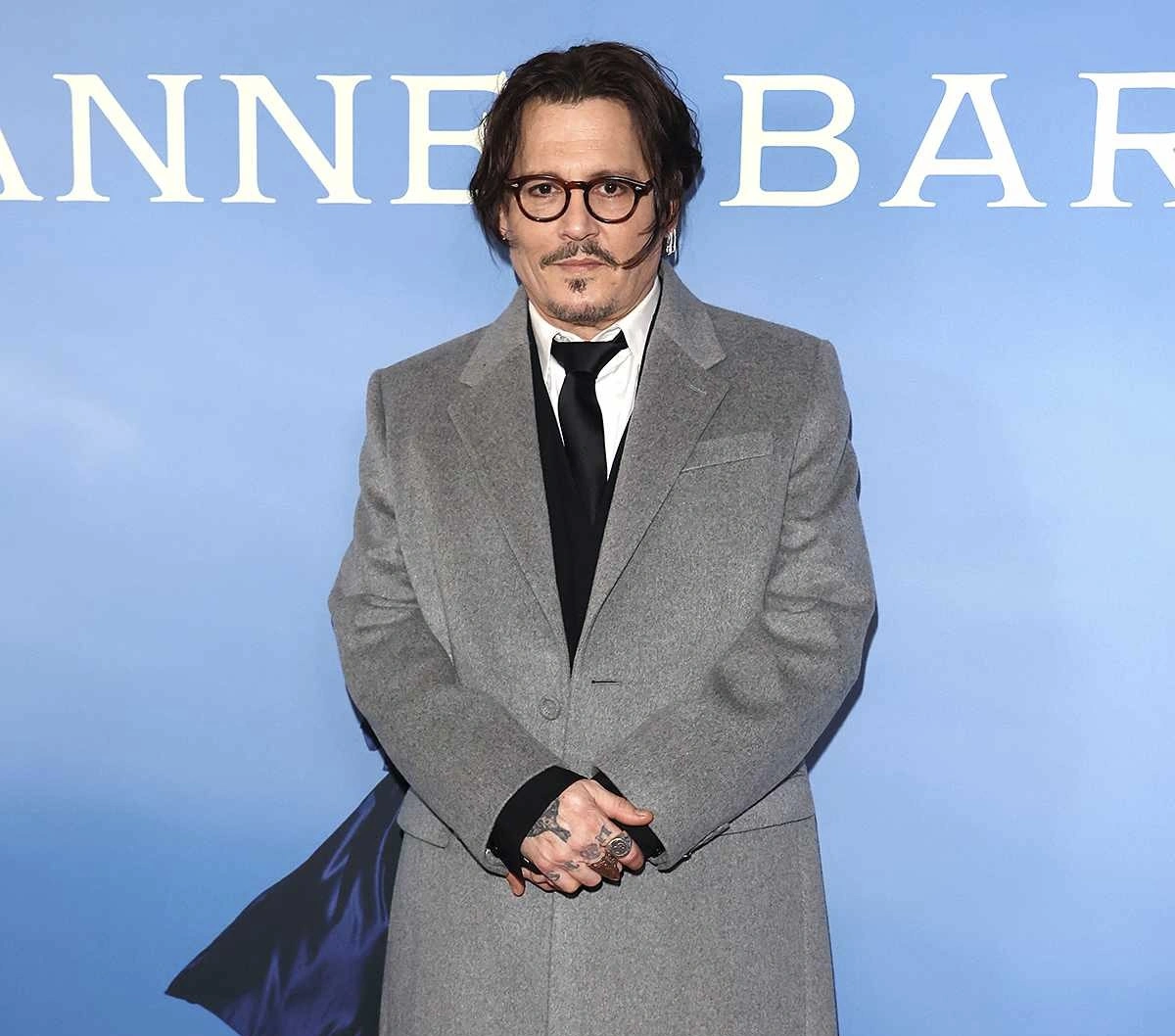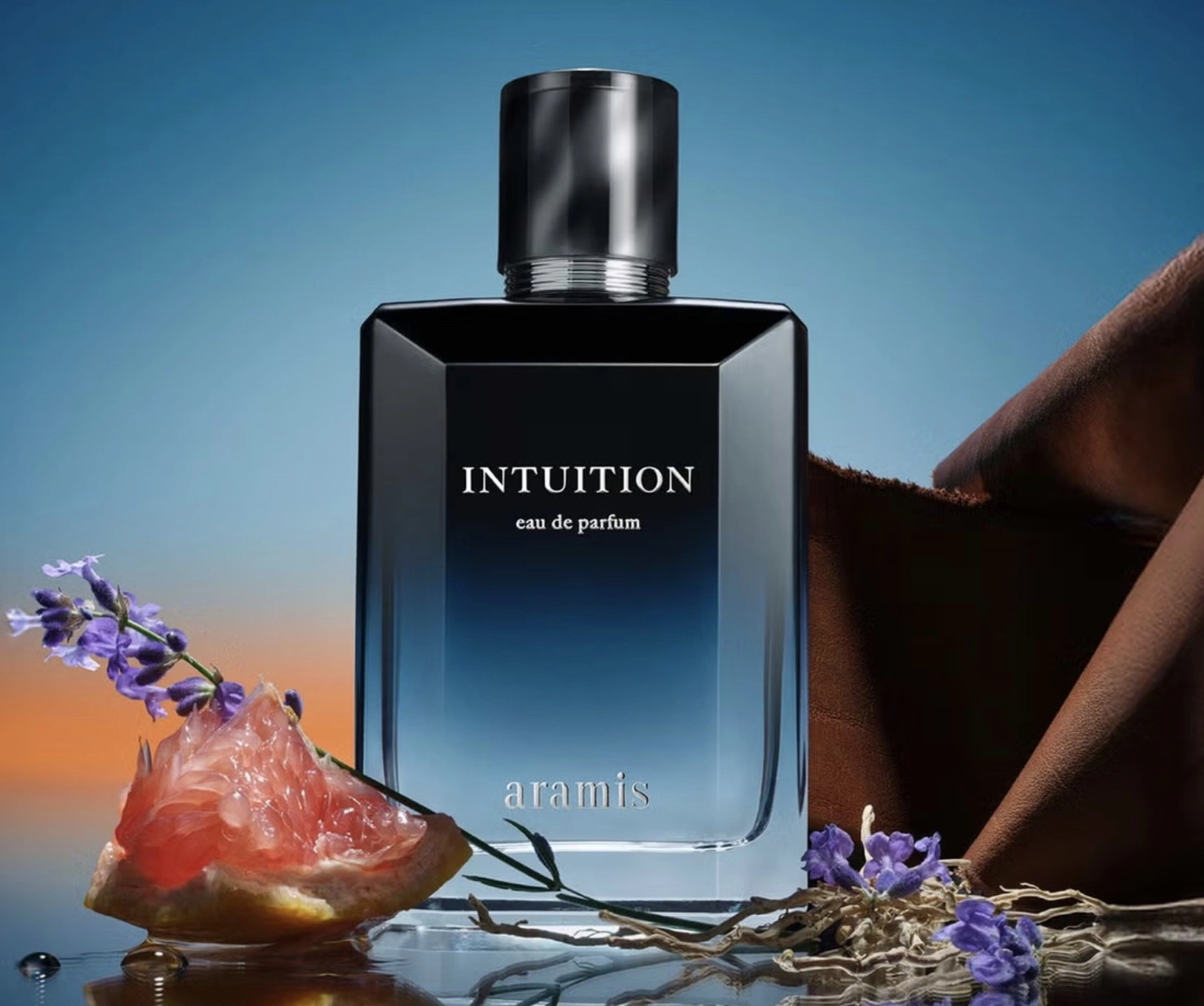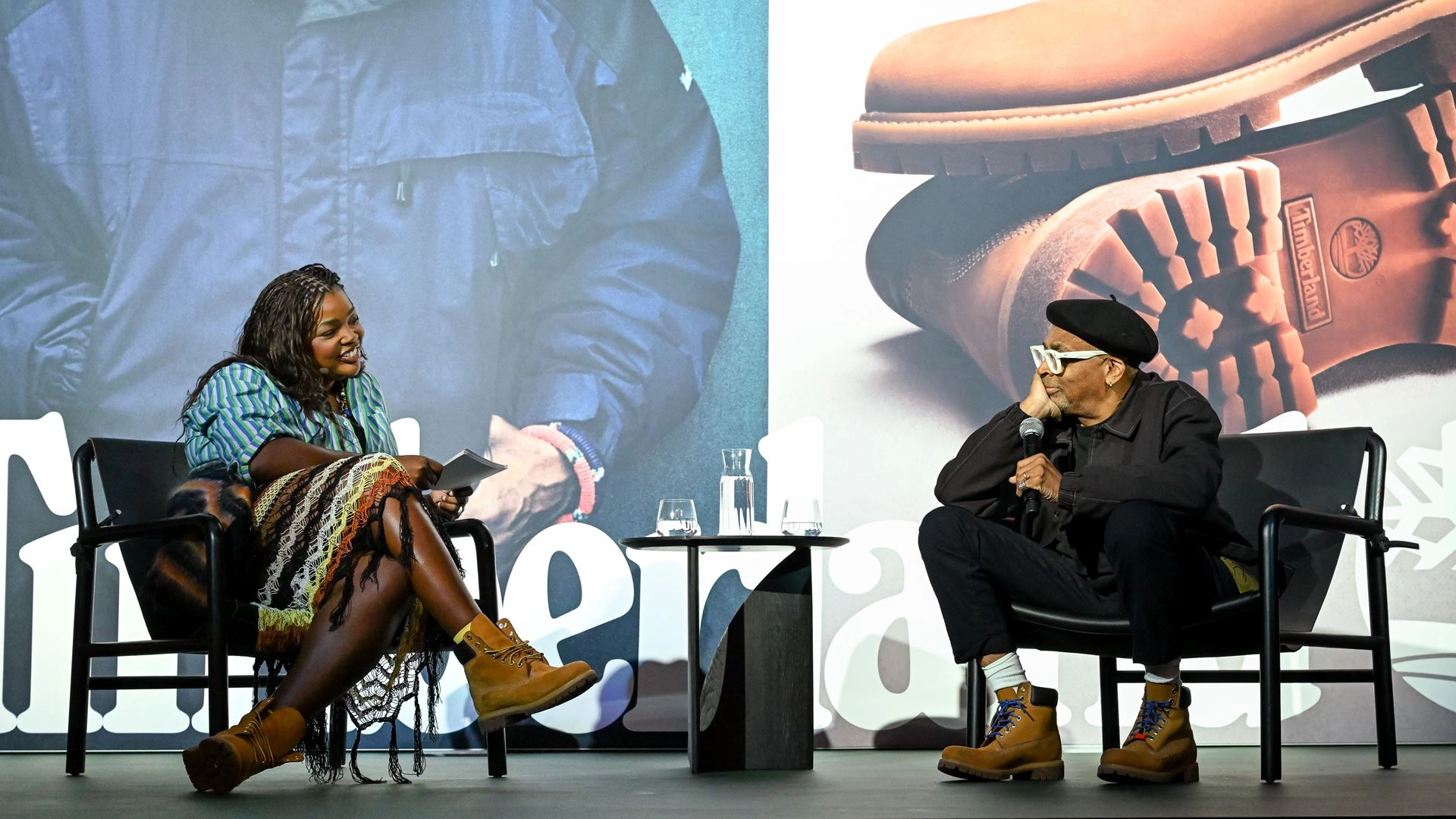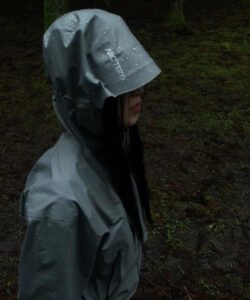Snoop Dogg’s latest track, “Last Dance With Mary Jane,” isn’t just another weed anthem. It’s a eulogy. A goodbye letter. A final smoke session with the muse that defined his sound, his image, and arguably, his life. But the emotional weight of the track doesn’t hit full force until Dr. Dre enters with a verse that plays more like a doctor delivering bad news than a traditional rap feature. Dre isn’t just producing anymore—he’s diagnosing.
Snoop and Mary Jane: A Long-Term Relationship
For thirty years, Snoop Dogg has been hip-hop’s most vocal, visual, and unapologetic stoner. From “Gin and Juice” to “Smoke Weed Everyday,” Mary Jane has been more than a theme—she’s been a character in his story. She’s a symbol of rebellion, calm, creativity, and comfort. She’s also been his business partner, powering his cannabis empire. But in “Last Dance With Mary Jane,” Snoop sounds tired. Reflective. Almost regretful.
The title nods to Tom Petty’s classic, but this isn’t about a woman leaving town. This is about a man putting the blunt down. The beat is hazy, woozy—slow but rich. A funeral procession groove. It opens with Snoop crooning more than rapping, his tone lower than usual, like he’s already halfway out of the smoke cloud.
“She been with me since the start,
In my chest, in my charts,
Gave me rhythm, gave me heart,
But now we gotta part.”
There’s pain here. Not the pain of withdrawal or judgment, but of losing something constant. The track isn’t preachy. Snoop isn’t telling kids to stay in school or avoid temptation. He’s just opening a window into what a life lived with weed—on stage, in studios, and on couches—can do over decades.
The Dre Effect: Why His Verse Matters
Dr. Dre doesn’t show up on tracks casually. When he raps, it means something. And on this one, he isn’t here to hype things up or reminisce. He comes in cold. Clinical. His verse lands like a medical report delivered in rhyme.
“Lungs wheezin’, nights sleepless,
Doc ran the scans, said it’s deeper than weakness.
You lit it for the vibe, now it’s fightin’ your life,
Every hit, every high, got a price, right?”
Dre’s voice, always crisp and deliberate, cuts through the track like a scalpel. He sounds like a friend who’s seen this story too many times—rappers, producers, homies falling to vices they once controlled. He doesn’t moralize. He diagnoses. His verse is short, but it flips the entire tone of the song.
This is Dre not as the hitmaker, but as the harbinger. His bars land like bad news in a hospital room. And that’s deliberate. Where Snoop is sentimental, Dre is factual. Where Snoop floats through memories, Dre drops data points and realities. This duality is the heartbeat of the track.
The Turning Point: Art Imitates Life
Though neither Snoop nor Dre confirms it directly, the song feels like it’s pulled from real tension. Snoop has hinted in recent interviews that his relationship with weed isn’t the same. He’s a grandfather now. He’s launching breakfast cereals and doing kids’ TV. He’s evolved. Weed is no longer the symbol of rebellion for him—it’s become a question mark. A habit under review.
And Dre? He’s been sober for years. He’s seen the health toll firsthand—not just in others, but in himself. A brain aneurysm nearly killed him in 2021. He doesn’t drink, doesn’t smoke, and that clean living has become part of his sharp, ageless energy. So when he raps about consequences, he’s speaking from the other side.
In “Last Dance With Mary Jane,” the message is subtle but unmissable: even legends have limits. Even the kings of weed rap can reach a point where they reassess the high.
Production Breakdown: A Controlled Burn
Let’s talk about the beat.
Dre didn’t just show up to rap—he produced the track too, and it’s a masterclass in minimalism with emotion. The drums are soft, like footsteps on hospital tile. The bassline loops with a slight drag, as if it’s limping. There are ghostly synths in the background, barely audible, like fading memories or smoke dissipating in the air.
This isn’t a banger. It’s a confessional.
The production mirrors the message: this isn’t about getting lit. It’s about burning out. Every element of the beat reinforces the feeling of loss, reflection, and controlled withdrawal. It’s still West Coast—it still grooves—but there’s no celebration here. Just closure.
Cultural Relevance: The Weed Reckoning
“Last Dance With Mary Jane” drops at a strange cultural moment. Weed is more legal and normalized than ever. There are celebrity strains, CBD pet treats, and cannabis-themed yoga. The stoner is now a lifestyle brand. But at the same time, there’s a growing awareness of the downsides: dependency, health issues, mental fog.
In this climate, Snoop dropping a song that questions weed—even gently—is a tectonic shift. It’s as if Santa Claus hinted he might not do Christmas this year. It makes fans pause. It forces a reconsideration.
And that’s what makes this track powerful. It’s not a PSA. It’s not propaganda. It’s lived-in. It’s two icons—one still burning, one burned out—sharing a moment of reckoning.
Lyrics That Land: Selected Lines That Hit Hard
Snoop’s second verse veers into something close to mourning:
“Ashes on the table, look like ghosts of the past,
Used to laugh through the haze, now the days move fast.
Got my mind back, but my memories lag,
Every puff cost a minute I ain’t never get back.”
He’s not blaming the weed. He’s blaming the time he lost being numb. It’s not regret—it’s awareness.
Dre’s outro is almost whisper-level:
“Let it go, let it breathe,
Gotta know when to leave.
Not every ride’s for life,
Some highs just hide the grief.”
It’s poetry with purpose. Dre, the engineer of sound, is engineering a moment of truth.
Reactions from the Culture
Unsurprisingly, the internet had a field day.
Some fans called it Snoop’s most mature track in years. Others worried this meant he was leaving weed culture entirely. Some applauded the honesty. Some called it betrayal. In hip-hop, where consistency is currency, changing your stance on something as central as weed is risky.
But that’s what makes the track bold. It doesn’t chase approval. It sits in discomfort. It invites interpretation. It doesn’t beg for forgiveness or applause—it just tells the truth as these two legends see it now.
Legacy Move: A Pivot, Not a U-turn
Let’s be clear—Snoop Dogg isn’t becoming a health coach. And Dre isn’t here to sell rehab programs. But “Last Dance With Mary Jane” marks a pivot in tone. It shows growth. It shows the cost of longevity.
In hip-hop, artists don’t often get to age gracefully. They burn out or fade. But Snoop and Dre are trying to do something different—they’re aging out loud. They’re documenting the process. And this track? It’s a page in that process. A chapter in a longer story about what happens after the smoke clears.
Impression
“Last Dance With Mary Jane” isn’t an anti-weed anthem. It’s a moment of reflection. A conversation between two OGs who’ve built empires with blunts in hand—and are now wondering what comes next.
Snoop doesn’t swear off Mary Jane. He just dances with her one last time.
Dre doesn’t shame the past. He just explains the cost.
Together, they craft something rare in hip-hop: a moment of silence in a genre built on noise. A whisper in a world of shouts. And in that quiet, they say something loud:
Even icons evolve.
No comments yet.








